How Much Weight Can You Lose On Bladderwrack, Mercan and its hydrolytic enzymes have multiple biological activities, such as anti-virus, anti-tumor, with great application potential in the medical field.Nova to utilize and make it a future marine drug must analyze the chemical structure of it and its hydrolases in order to find a product of many active groups;
and the content of trehalose is also an important indicator, and the greater the trehalose content, the higher its utilization value.At present, there are many kinds of algae growing in the coastal areas of China that contain Mercutothyglycan, but due to the fact of the simple and crude extraction process, the yield is low, and it can not reach the level of commercial application
What is the academic name of Bladderwrack
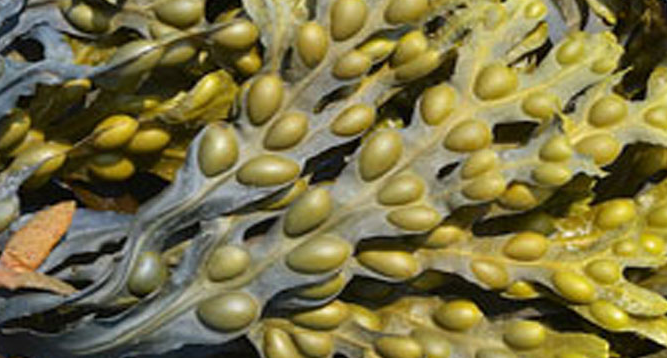
Scientific name: Fucus vesiculosus
Origin: USA
Appearance color: light brown
Product Introduction: S. fucus was rich in Mucopolysaccharides, Mucilage, Algin, Calcium, zinc, Iron, Magnesium and other components, and its amino acid content was higher than that of other plants. Fucus can reduce skin moisture loss, nourish dry and dehydrated skin, revitalize it, and reduce skin sensitivity.
Can make the handmade soap light brown
Packing: sealed bag
How Much Weight Can You Lose On Bladderwrack
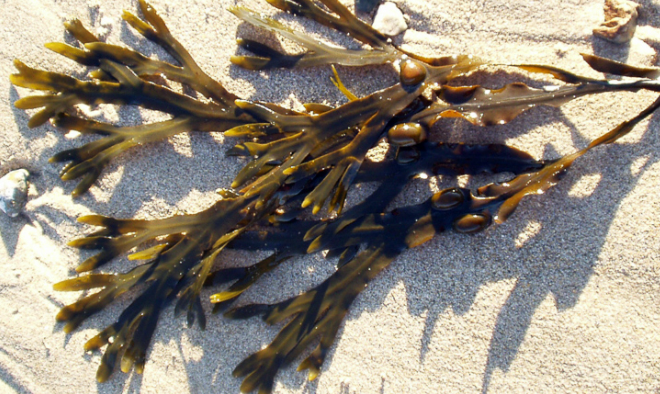
What is the use of Fucus ,Bladderwrack extract powder
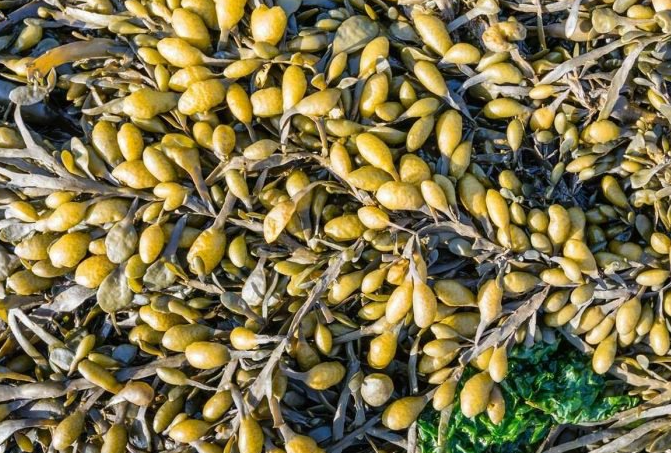
How Much Weight Can You Lose On Bladderwrack , you must read Usage of Bladderwrack powder:
- (1) Manual soap: at the trace time, part of the soap can be mixed with 1-2% plant powder by weight, and then mixed into the original soap, which can be completely mixed or Make render only, the color of plant powder color can have different change in different stage, can make different try more!
- (2) Facial mask: plant powder can be added to the appropriate amount of kaolin or beauty mud, add all kinds of flower water or distilled water mix well as a facial mask.
- (3) Body mask: it can be used as hand mask, leg mask or whole body mask by mixing beauty mud, sea salt, plant powder, flower water, essential oil and vegetable oil.
- (4) Bath: Plant powder can be directly added to the bath water for soaking, because the powder is not very fine can be completely dissolved in water, will not be made into water pipe blocking.
- (5) Bath salts: Mix plant powder, sea salt, baking soda and various essential oils and dissolve them in water.
- (6)Bath Bomb: Make Bath Bomb by mixing plant powder, natural salt, baking soda, corn powder, citric acid, glycerin and essential oil、
Basic overview of the brown algae
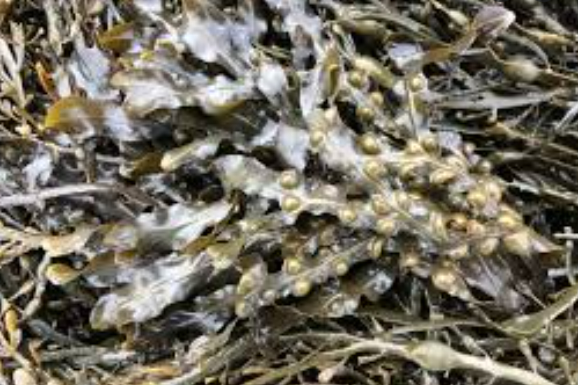
Large algae are important primary producers in the ocean, after obtaining large amounts of energy carbon fixation after photosynthesis, carbon becomes sediment with shed small debris, or into the form of food chain .
Large marine algae can be classified into brown algae, red algae, and green algae [2] based on photosynthetic pigment types.
Brown algae doors are about 1500 kinds, all of which are multicellular plants. Due to the large content of lutein, especially meroxanthin, the algae body becomes yellowish brown or dark brown, relatively large size, like to be distributed in cold water, solid life, mass reproduction can form Marine forest or algae farms
In addition to the daily common skirt and kelp species can be eaten, other species or mariculture bao important baits , also can extract iodine, mannitol and brown algae glue as raw material, and brown algae door, giant algae, bubble leaf algae, murina and many other cagasina species of large algae can also be used as raw materials to extract brown algae glue.
Brown algae glue has an extensive use of in food processing industry, paper industry, chemical industry and textile industry.Kelp, sheep vegetables and Quinbu have long been mentioned in the Compendium of Materia Medica, which treat edema, diuresis and galls
Overview of the rat tail algae
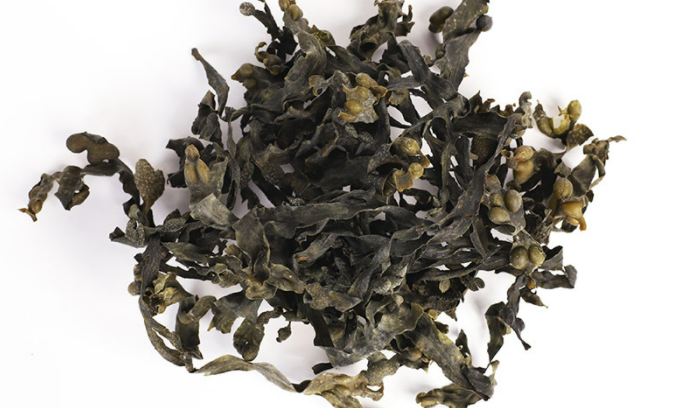
By phylogeneia, Polinaceae (Cyclospreae), Carinaceae (Fucales), Sargasequaceae (Sargassaceae) and Sargasequina (Sargassum).
It is a warm and warm large algae endemic to the Northwest Pacific Ocean, which is currently distributed abroad in the Kuril Islands, southern Sakhalin, Japan and Korea in the Russian Far East, starting from the Liaodong Peninsula in the south to on the Leizhou Peninsula.
It is a common economic brown algae that likes to grow in the intertidal zone, which likes to grow on rocks in the low tide zone and middle tide zone, or in the middle tide zone and high tide zone.
Sform named for mouse shape, algae body brown, growing in the yellow and Bohai Sea individuals smaller 10-50cm, growing in the South China Sea of individuals larger, up to 110-120cm, thick and short main branches, scalous leaf marks, primary branches at the top of the trunk, small and tip, a narrow spindle shape.
Tweed is hermaphrodious, when reproduction, the algae leaf armpit began to grow reproductive support, a single column or oval shape, its smooth surface, the male reproductive support is longer, usually 10mm-15mm long, the same surface is smooth; the female reproductive support is thick and short, 3mm-5mm long, rough surface
What is fucoidans
Mercan (fucoidans) is a sulfate polysaccharide, mainly from trehalose (fucose), with a variety of physiological effects, such as antiviral, antibacterial, anticoagulation, anti-tumor
Components of Bladderwrack extract powder

Deuring the chemical structural composition of Ccan is an important prerequisite for the development and utilization of the can.
Chemical treatment requires easy to change the original natural structure under the environment of acid, high temperature and various catalysts, destroy the thionylation mode and lead to the reduction of biological activity.
Therefore, the study of the chemical structure of A. merina glycan is limited
The maternal structure of the can is hydrolyzed by acid, or enzyme.
The order of chain junctions, the distribution of branches, the location of sulfate roots and the composition of monosaccharides all vary greatly.
Therefore, the relationship between its structure and biological activity cannot be determined to date.The vast majority of algae contain polysaccharides mainly composed of sulfated L-trehalose, which contains 34 to 44%, and small amounts of galactose, mannose, xylose and glyononic acid, and some contain small amounts of xylose, galactose and galactose
Determination of the chemical structure of merosaccharides
Carinosan extracted from P. subtilis (Fucus evanescens) contains a linear backbone with alternately linked-L-2-sulphylated residues at positions 3 and 4, indicating that the basic structure of it is a regular disaccharide repeat unit
. The structural rules are masked in native dinoflagycans due to the local sulfation at the 4-O-of residue 3-, and the random acetylation of the remaining hydroxyl group.
The components of polysaccharides can be analyzed, and other structural analysis methods include HPLC chromatography, electrojet mass spectrometry, and capillary electrophoresis / electrojet ion spectrometry
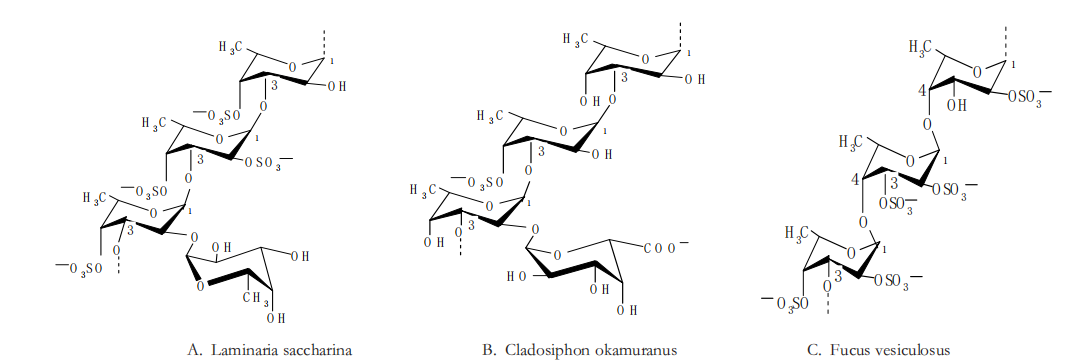
What is Chemical modification of merinoscan

Structural modification of Ccan should first be performed by chemical cleavage of , with the disadvantage of large uncertainty.
When acidic substances are removed by purification method, higher concentrations of acid liquid can destroy the sulfation mode and polysaccharide chain, and produce inactive monosaccharides
What is Enzymatic modification of aloscan
The main difference between enzymatic and chemical cleavage is the protection of sulfate groups
Enzymatic modification of lycan requires a specialized hydrolyase, namely hydrolyase (EC 3.2.1.44) or-L-glycosidase (E C 3.2.2.1.51) that cleave special glycoside bonds in the polysaccharide chain.
What Chlorella glycan-degrading enzymes
Almost all polysaccharides-containing marine plants are potential resources for glycan-degrading enzymes.Plants containing alginate are the main extraction raw material for cuttlefish algae glycan degrading enzymes.
There are many kinds of other raw materials (such as salt marsh grass, sand, brown algae, sea cucumber, sponge and shellfish), and many lysis modes are detected.
There are three main hydrolyases, namely-trehalosidase (which can only cleave the non-reducing end-L-glycose chain) and two types of hydrolycan hydrolyase, one oligoscan cutting the end of the polysaccharide chain to generate low molecular weight products, and one hydrolyase is cut off somewhere in the middle of the polysaccharide.
Although the cleavage mechanism is similar to that of cellulase, the exact mechanism remains to be further investigated
What is the Function and application of Bladderwrack powder
How Much Weight Can You Lose On Bladderwrack
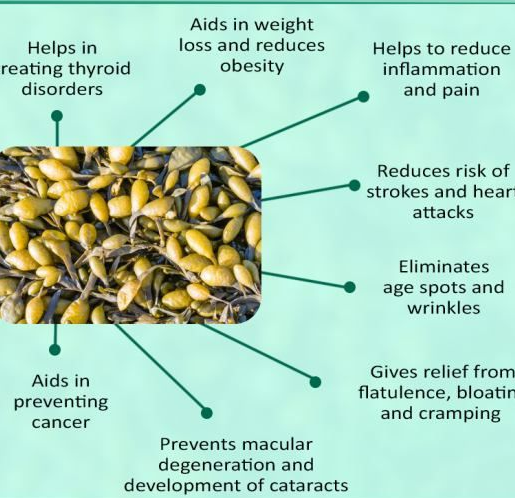
Bioactivity of Ccan, including anticoagulation, antiviral, anti-antitumor and anti-inflammatory .
It plays an anticoagulant role based on enhancing the role of heparin cofactors, and by blocking viral infection by preventing virus invasion into cells and preventing early replication of intracellular viruses
Meroscan has anticancer effects, for example on human lymphoma HS-Sultan cells.It inhibits cancer cell proliferation and triggers programmed cell death through caspase (caspase) and extracellular signal-regulated kinases.
Furthermore, Ccan may also promote collagen gel contraction by accelerating the expression of the surface 21 gene on fibroblasts and thus accelerate the progression of trauma healing
The bioactivity of Ccan depends on structure and sulfur acidification content.We found no effect on inhibition when thiylation was reduced from 36% to 9%.The sulfate group is not necessary for high anticomplement activity, and even so the sulfate group is still very important
